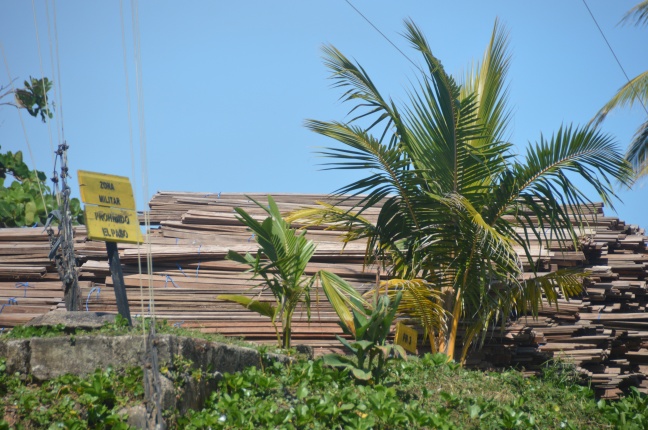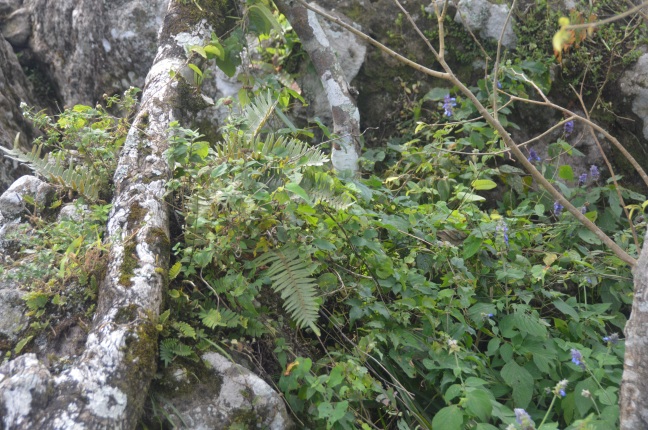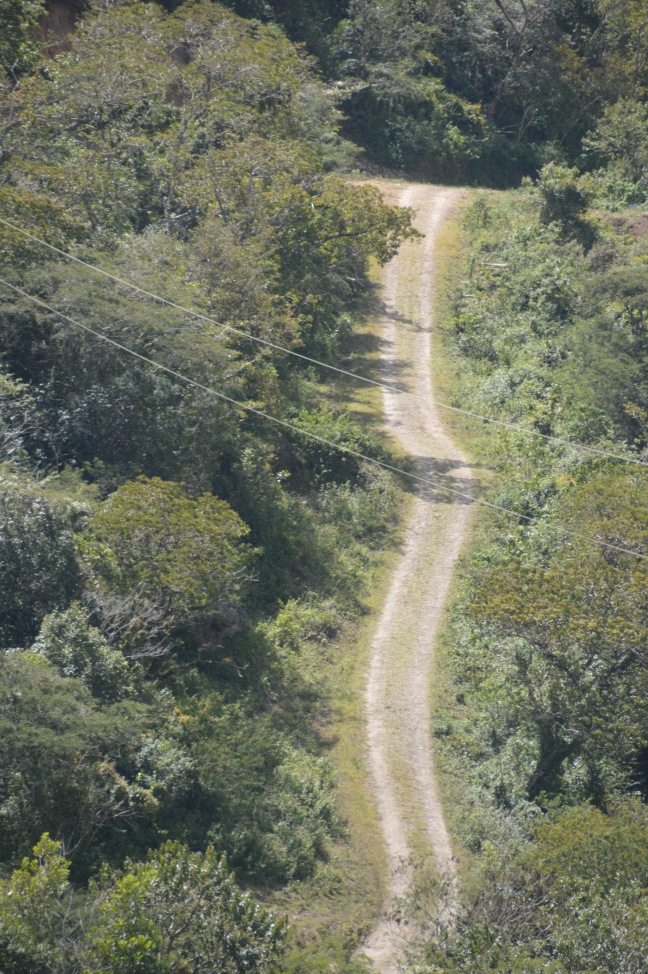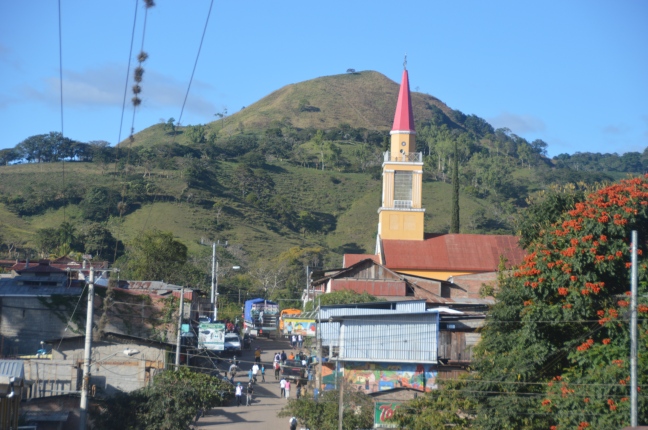I decided to have breakfast at a little kiosk in Parque Central and watch the comings and goings of jolly Juigalpa. Aside from the blaring of the local radio station eminating from the parque’s rotunda, all was peaceful with children playing, birds flitting, and the local constabulary chatting to vendors and sharing a laugh. I would have loved to have stayed and explored this interesting pueblo, but needed to move on. I walked the few kilometres to the bus terminal, poking down side streets on my ramble. Juigalpa is nestled in the Serranía Amerrisque which provide a stunning backdrop to its streetscape in the form of lush forested mountains climbing steeply out of the valley.

As I neared the bus terminal, I caught up with a garbage collection truck which I observed with interest. In a region where the default to the disposing of rubbish is throwing it on the ground, it was interested to see a more contemporary method of waste disposal. There was a crew of four hombres accompanying the driver who slowly drove down the street. Two hombres collected the various sacks that were being used as rubbish receptacles at the passing properties, threw them up to the other two hombres in the back of the truck who emptied them and flung the empty sacks on the ground; I’m assuming for the owner to later collect. What I was surprised about, though, was the sorting through of the rubbish to separate paper and cardboard into large sacks on the truck. Not that Nicaraguans don’t recycle as such – they are very resourceful at reusing and re-purposing waste. One might see bottles (plastic and glass) upended to to form a garden barrier, or old chemical containers being used to store water – hopefully having first been thoroughly cleaned!

I didn’t have to wait long for the bus I needed and climbed aboard for my next leg. It was a spectacular journey continuing through the Serranía Amerrisque and then down to the lush tropical river plains of El Rama. The quiet chatter of the locals travelling was interspersed with the indignant crows of a trussed rooster, who was clearly not a willing passenger.

The bus pulled up outside a small but bustling marketplace and I wandered down the couple of blocks to the pier where the pangas to Bluefields left. I was directed to an adjacent hotel where the tickets for the pangas were sold to find I had missed the last panga for the day by 10 minutes! I wasn’t too disappointed as I really liked the vibe of this river port town so was pleased to be spending a night here. The first panga left at 5.30 am so a room at the hotel seemed a good idea. An even better idea when I found it was spotlessly clean and with own bathroom for only USD6.50!

Pack dumped and it was time to check out the little bar across the road for a sunset cerveza. Perched on the river bank, one could peer through the lush tropical garden at the river flowing serenely past. I had just enough time afterwards to stroll along the edge of town where access down to the river was possible at regular intervals. El Rama is situated at the convergence of Rio Rama and the Rio Escondido and hosts the country’s main heavy cargo port for the Atlantic coast. The convergence itself is magnificent as the two not insignificant rivers join forces to produce a strong deep waterway which weaves its way to empty into the Bahia de Bluefields.

The sun finally sank into the mangroves and I returned to my little riverside bar to source dinner. After waiting an inordinate amount of time for the cook to return, I decided to move on to another bar/restaurant recommended in the guidebook. Another riverfront establishment which proved its mettle in regards to setting and fine seafood. As I had a very early start the following day, I retired early to my little Portside hotel.

























































